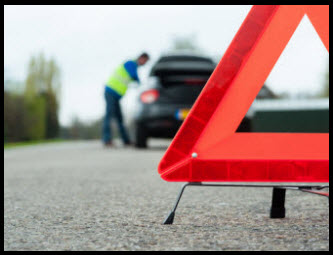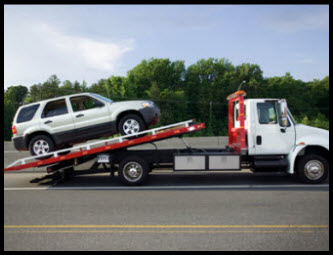Unless it is a classic, there comes a time when fixing a car gets more expensive than replacing it. Every mechanical component is designed with a finite life span. The life of a product is the average taken over the span of years. What many don’t realize is that the manufacturer only must guarantee parts availability for 10 years. Usually not a problem as other models share parts as do models from other years. However, there does become a time
when parts begin to dry up for a particular model.
Brake Pad Wear
Over a vehicle’s lifespan it will be subject to host of minor component repairs. Certain parts should last a good 100,000 miles but there are things that wear, because they are designed to. Brakes are an example. Brakes convert the forward motion kinetic energy to heat via frictions between the pads and disks. They must be subject to wear to do their job. But most are good for about 50-60,000 miles.
Common Car Parts that Need Replacing
Being mechanical, components like alternators, power steering and water pumps come to mind as examples of items that will need replacement at some point. And air conditioning seems somewhat problematic in automobiles. Home air conditioning is not subject to as hostile an environment as automotive AC’s are. Car systems are subject road vibrations, jarring and a lot of heat in the engine compartment. No wonder AC systems lose refrigerant, a common snag in automotive systems. Not only engine heat, but road and ambient air temperature. Then there is winter. Though more reliable than in the past, water pumps still fail. Some are so integrated in the engine block that it costs big bucks to fix, as the engine must be pulled. Parts for these integrated systems are bit pricey as well.
Bad Oxygen (O2) Sensor
A common occurrence at around 50,000 miles or so is sensor failure, with the oxygen sensor being the major Achille’s heel. Failure at some point is almost assured given the fact that this sensor screws into the exhaust system and measures the oxygen content of exhaust. Engine exhaust is a mixture of hot gases and some are corrosive. So, the oxygen sensor failure is more a question when than if, but admittedly they’ve gotten a lot better as the technology has improved.
Fuel Injection System
Most fuel injection systems are fairly robust, but they do wear. Injectors must handle fuels under high pressure and the nozzles wear. Diesel injectors inject fuel at even higher pressures directly into the combustion chamber. So, the nozzles, made of ceramics will wear over time. The other major point of failure is the fuel pump. Fuel injection systems are fed by high pressure pumps. In gasoline engines this is the job of electric pumps in the fuel tanks, and many diesel systems have adopted this method.
Power Steering Pump Repair
Power steering pumps are very reliable. They do fail, but it is rare. Failure in power steering comes primarily from a broken belt. However, power steering do operate at some fairly high pressures. Hose can wear as can the couplings fail.
Auto Repair & Mechanics Shop in Cassia, Gooding, Jerome & Twin Falls Counties in Magic Valley, Idaho & Jackpot, Northern Nevada
Highway 30 Towing can fix your ride and complete the automotive repairs mentioned above as well as many others. Let us look at your car and we can give you a quote for repairs. Contact us today!









